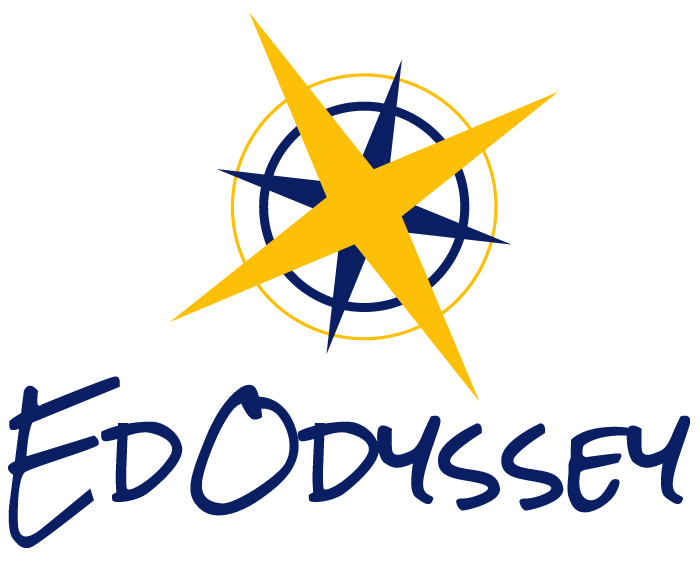Blog
LGBTQ+ Experience in Peru: Johanna's Alum Perspective
Guest Author: Johanna M., one of our alumni from Fall Semester 2018, shares her insights into aspects of her lived experiences in Lima, Peru.
Developing Your Study Abroad Personal Project: 3 Steps for Student Success
Studying a semester abroad can be one of the most important experiences of your life, and you’ll want to have a piece for your professional portfolio that differentiates you from other study abroad students and young professionals. When you walk away from this experience, you’ll come away with a unique project that showcases your passions and skills.
How Medical Spanish & Latinx Patient Knowledge Supports Healthcare Students & Professionals
Learning medical terminology in Spanish will help YOU serve OTHERS to ensure their health and safety. Multilingualism is becoming increasingly recognized as vital within healthcare and fields requiring professionals to understand medical needs of hispanic populations.
Turning Youth Travel into Study Abroad: Sarah's Story
My name is Sarah Shorter and I’m really excited to be a content writer and curator intern with EdOdyssey this summer! During my first three years at the College of the Holy Cross, my double major in Anthropology and Latin American, Latinx, and Caribbean studies has increased my appreciation of global cultures. This interest led me to study abroad with EdOdyssey in Lima, Peru, where I matured academically, socially, and personally.
5 Ways to Acquire Foreign Language
At some point in their academic life, all students feel the pressure of learning different sets of verbs and their conjugations, grammatical rules, and practice-scenarios. It is not uncommon to have heard of a friend who felt so anxious with the workload that they decided to withdraw from a language course altogether. This doesn’t have to happen that way. There is a better way to easily speak and understand other languages.
Five Facts About Peru That You Might Not Know
You may have heard about Machu Picchu and the Incas, or important Peruvian dishes, such as Cebiche (seafood dish) and Lomo Saltado (traditional Peruvian stir-fry), but what other elements make this fascinating country in South America so unique? In today’s blog, we will be sharing a few fun facts with you about Peru!
Search previous blogs here.




